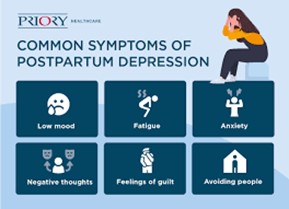A nurse is caring for a newborn who was born prematurely at 26 weeks. Which of the following interventions should the nurse take to decrease the newborn's risk of increased intracranial pressure?
Elevate the head of the bed 15° to 20°.
Stimulate the newborn every 2 hr.
Place the newborn in a radiant warmer.
Administer hypertonic solution.
The Correct Answer is A
Choice A rationale:
Elevating the head of the bed can help prevent intracranial pressure by promoting venous drainage from the head.
Choice B rationale:
Premature newborns need to rest and conserve energy, so excessive stimulation every 2 hours is not recommended.
Choice C rationale:
Placing the newborn in a radiant warmer helps maintain a stable body temperature, but it does not directly address intracranial pressure.
Choice D rationale:
Administering hypertonic solution is not a standard intervention for decreasing intracranial pressure in a premature newborn.
Nursing Test Bank
Naxlex Comprehensive Predictor Exams
Related Questions
Correct Answer is C
Explanation
Choice A rationale:
A hemoglobin level of 13 g/dL is within the normal range and is not specifically indicative of HELLP syndrome.
Choice B rationale:
A blood urea nitrogen (BUN) level of 8 mg/dL is within the normal range and is not typically associated with HELLP syndrome.
Choice C rationale:
Elevated bilirubin levels are a characteristic feature of HELLP syndrome, which involves liver dysfunction.
Choice D rationale:
A hematocrit level of 38% is within the normal range and is not specifically indicative of HELLP syndrome.
Correct Answer is D
Explanation
Choice A rationale:
Hot flashes are not typically associated with postpartum depression; they are more related to hormonal changes.
Choice B rationale:
Intermittent abdominal pain is common after childbirth due to uterine contractions and involution.
Choice C rationale:
Blurred vision is not a typical symptom of postpartum depression.
Choice D rationale:
Feelings of intense guilt are indicative of postpartum depression and require further investigation.

Whether you are a student looking to ace your exams or a practicing nurse seeking to enhance your expertise , our nursing education contents will empower you with the confidence and competence to make a difference in the lives of patients and become a respected leader in the healthcare field.
Visit Naxlex, invest in your future and unlock endless possibilities with our unparalleled nursing education contents today
Report Wrong Answer on the Current Question
Do you disagree with the answer? If yes, what is your expected answer? Explain.
Kindly be descriptive with the issue you are facing.
